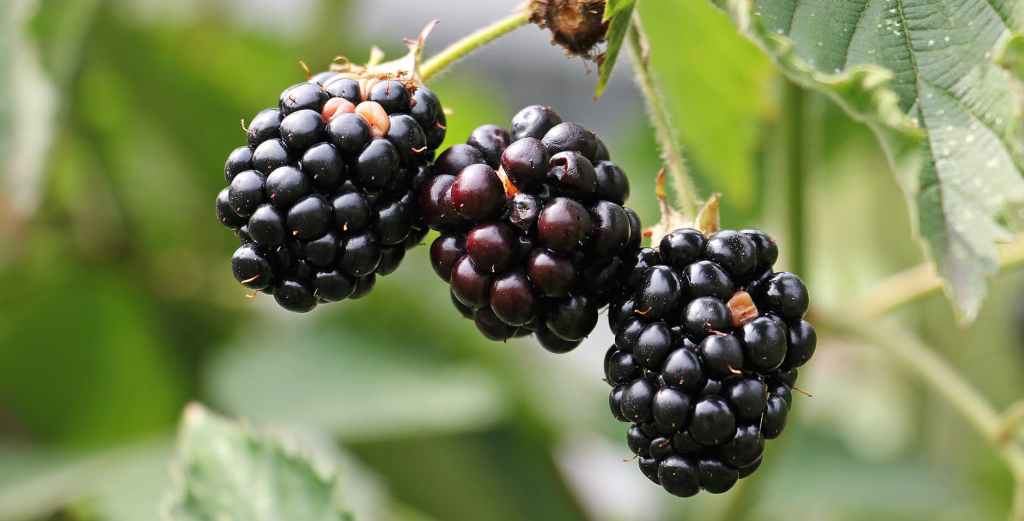
The lush greenery of the Pacific Northwest is a sight to behold, but nestled among the native flora lurk invaders that threaten the delicate balance of its ecosystems. By outcompeting native flora for resources like sunlight, water, and nutrients, invasive plants disrupt the intricate web of life that sustains our ecosystems. This disruption not only diminishes biodiversity but also weakens the resilience of our natural landscapes to withstand environmental stressors such as climate change and invasive pests. Furthermore, the ecological impacts of invasive plants extend beyond the confines of our gardens and green spaces, infiltrating neighboring habitats and altering entire ecosystems. By understanding the importance of removing these botanical interlopers, we can safeguard the health and vitality of our ecosystems, ensuring that the Pacific Northwest remains a haven of natural beauty and biodiversity for generations to come.Identifying these invaders and knowing how to effectively eradicate them is crucial for preserving the biodiversity of our gardens and surrounding environments.

Identifying Noxious Invaders:
- Himalayan Blackberry (Rubus armeniacus): Known for its vigorous growth and thorny canes, Himalayan blackberry forms impenetrable thickets that choke out native vegetation. Its rapid spread is aided by birds that disperse its seeds, further exacerbating its invasion.
- Reed Canary Grass (Phalaris arundinacea): This tall, grassy invader outcompetes native grasses and sedges, forming dense monocultures along waterways and in wetlands. Its ability to thrive in a variety of conditions makes it a formidable foe for gardeners and conservationists alike.
- English Ivy (Hedera helix): A familiar sight in many Pacific Northwest gardens, English ivy may seem innocuous, but its aggressive growth habit can smother trees, shrubs, and forest floors, reducing biodiversity and increasing the risk of erosion.
- Japanese Knotweed (Fallopia japonica): With its bamboo-like stems and rapid growth rate, Japanese knotweed poses a significant threat to native habitats. Its deep, extensive root system can penetrate infrastructure and disrupt natural water flow, making it notoriously difficult to eradicate.

Eradication Strategies:
- Manual Removal: For smaller infestations, hand-pulling or digging out invasive plants can be effective, especially when done before they have a chance to set seed. Be sure to remove all roots and dispose of plant material properly to prevent regrowth.
- Chemical Control: Herbicides may be necessary for larger infestations or stubborn invaders like Japanese knotweed. Always follow label instructions carefully and consider seeking professional assistance for safe and effective application.
Replanting for Restoration:
Once invasive plants have been eradicated, replanting with native species is essential for restoring balance to the ecosystem. Native plants not only provide habitat and food for local wildlife but also help prevent the re-establishment of invasive species by filling ecological niches and competing for resources.

Consider incorporating a variety of native species suited to your specific site conditions. Ferns such as sword fern (Polystichum munitum) and lady fern (Athyrium filix-femina) thrive in the moist, shaded environments often found in Pacific Northwest gardens. Shrubs like red osier dogwood (Cornus sericea), Nootka rose (Rosa nutkana), and kinnickinnick (Arctostaphylos uva-ursi) offer seasonal interest and wildlife value, while groundcovers like Oregon grape (Mahonia aquifolium) and salal (Gaultheria shallon) help suppress weeds and prevent erosion.
By actively identifying and removing invasive plants from our gardens and replacing them with native species, we can play a vital role in preserving the unique biodiversity of the Pacific Northwest for generations to come. Together, let’s turn the tide against these noxious invaders and create thriving, resilient ecosystems in our own backyards.



Leave a comment